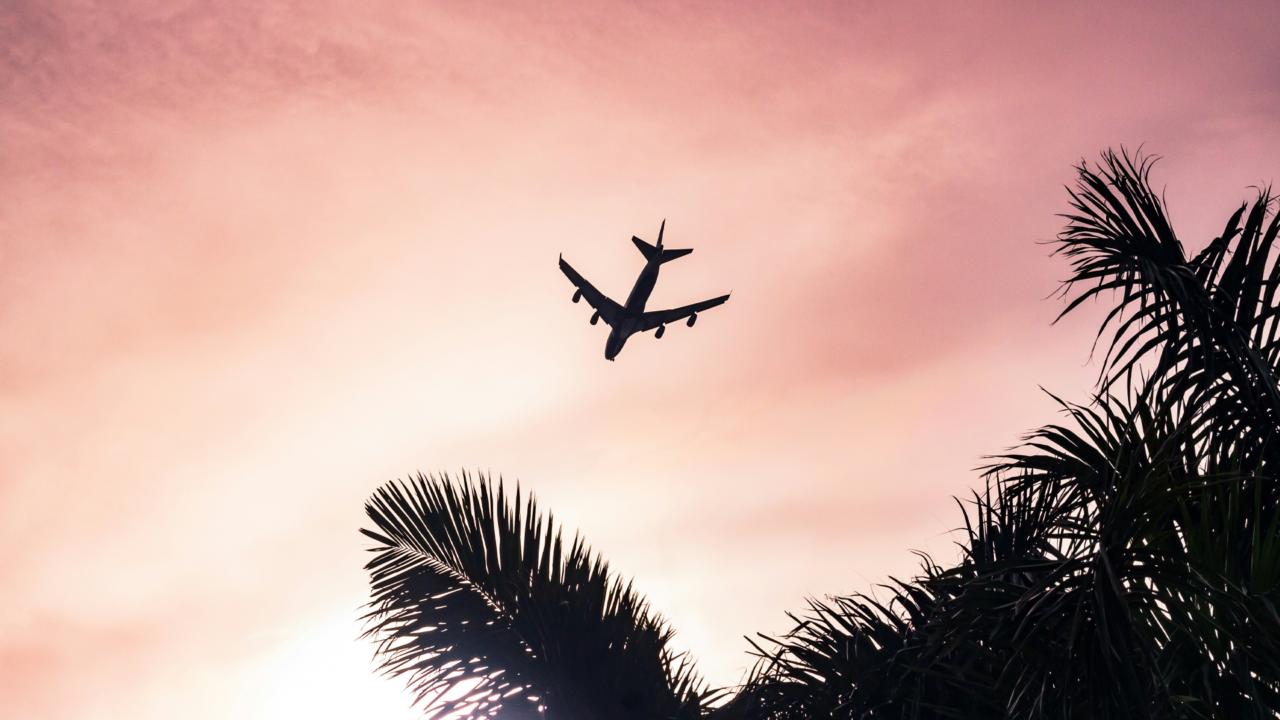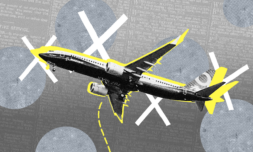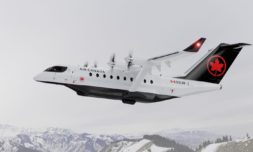Understanding turbulence and where it comes from
There are many causes of turbulence, but the most common types are caused by the meeting of opposing wind patterns.
Visible weather events such as storms can make for a bumpy flight, and pilots can consult their radar, sonar, and radios to avoid them. Geographical conditions, such as mountain ranges, can also spew undulating winds that jostle a plane.
Wake turbulence, on the other hand, is caused by other planes taking off or landing in front of another. The jet stream created by the plane in front shifts the air flow for the plane behind, leading to a momentarily unsteady flight path. Here, communication and instruments on board can help avoid these disturbances.
Clear air turbulence, on the other hand, is completely invisible. It’s caused by warm air rising into cooler air – a phenomenon that is expected to happen a lot more as our planet’s climate changes.
Pilots can’t detect this type of turbulence on their radars, so it occurs without warning unless it is flagged by a plane up ahead. In its worst forms, CAT can cause planes to shift off course, lurch powerfully, or lose altitude suddenly.
CAT is what the Singapore Airlines flight most likely encountered in the Bay of Bengal, which is already notorious for severe turbulence caused by thunderstorms.
Turbulence will likely get worse
According to a study from the University of Reading, instances of severe turbulence have increased by 55 percent since the late 1970s.
Especially bumpy flights have been attributed to sudden changes in wind and velocity at high altitudes, likely due to higher air temperatures, which are affecting transatlantic flights the most.
As a result of climate change, pockets of higher temperatures at high altitudes are expected to become more common, leading to more reports of turbulent flights.
Anticipating this trend, pilots are calling for the aviation industry to invest in systems that enable them to better locate and identify turbulence during flights.
What’s important to remember is that turbulence is almost always harmless. While injuries have occurred in severe cases, there have been no reports of plane damage due to turbulence. Granted, being shaken around in the sky can heighten the anxiety of the most seasoned traveller.
What occurred on the Singapore Airlines flight was a tragic anomaly, one that will surely incentivise passengers to wear their seatbelts and cause in-flight safety and onboard technologies to be improved.





















